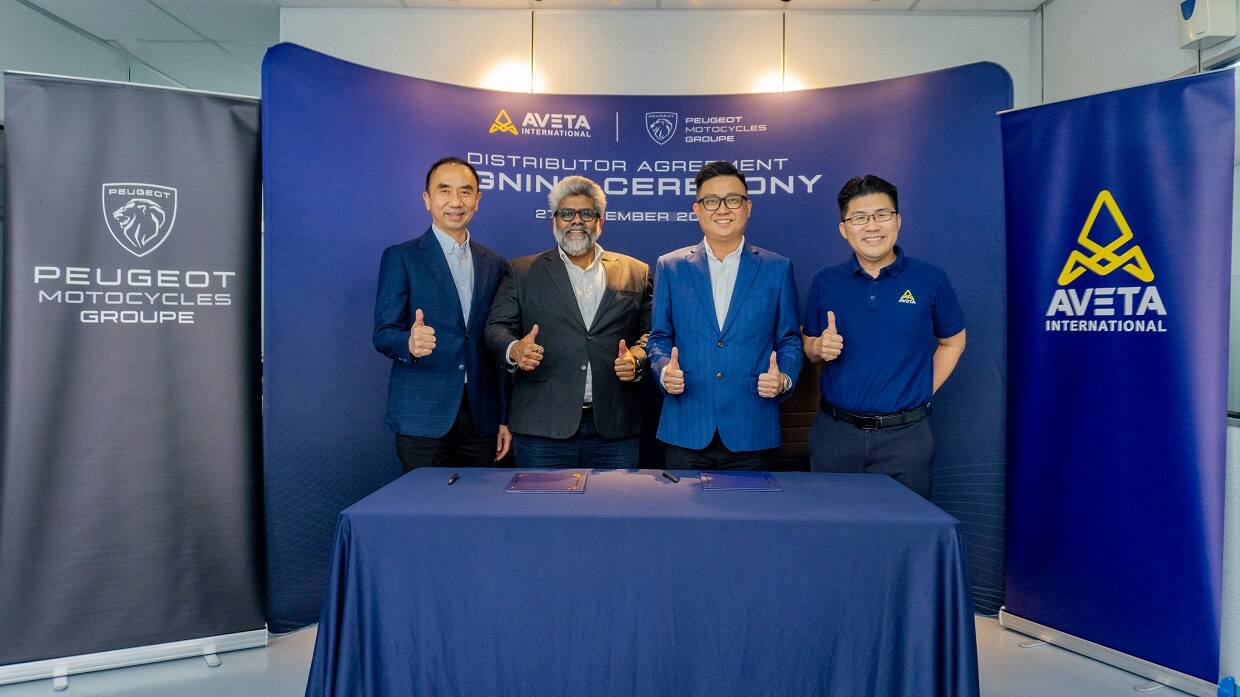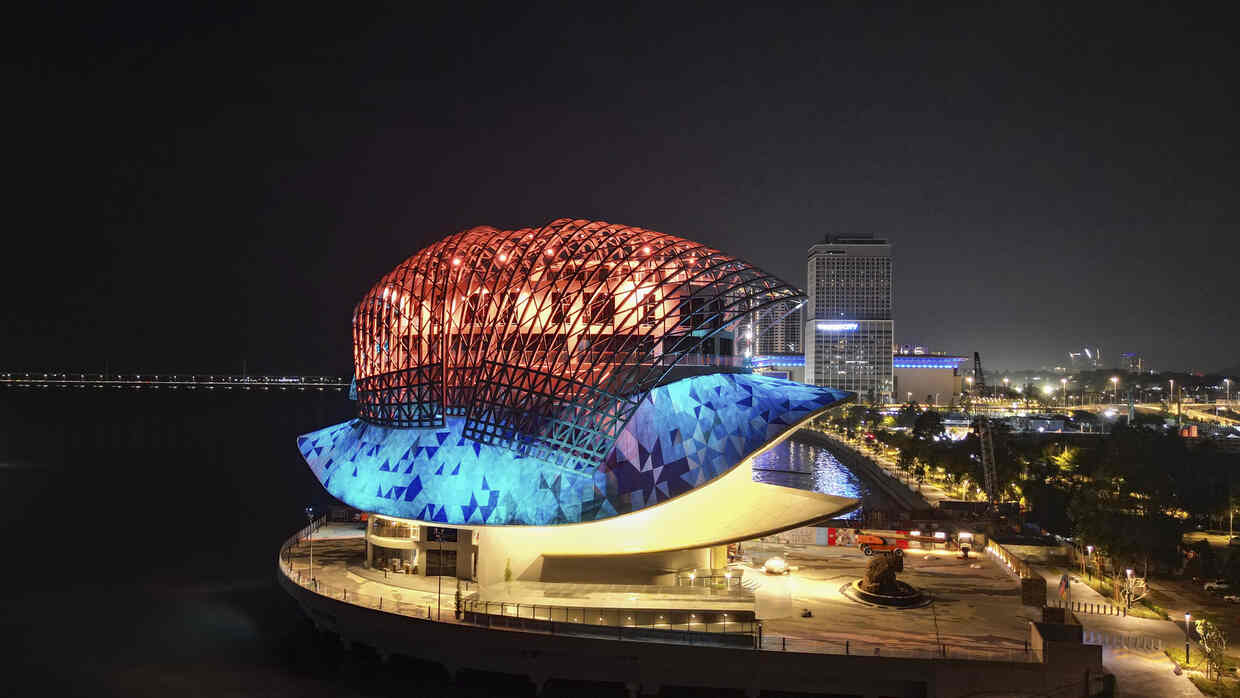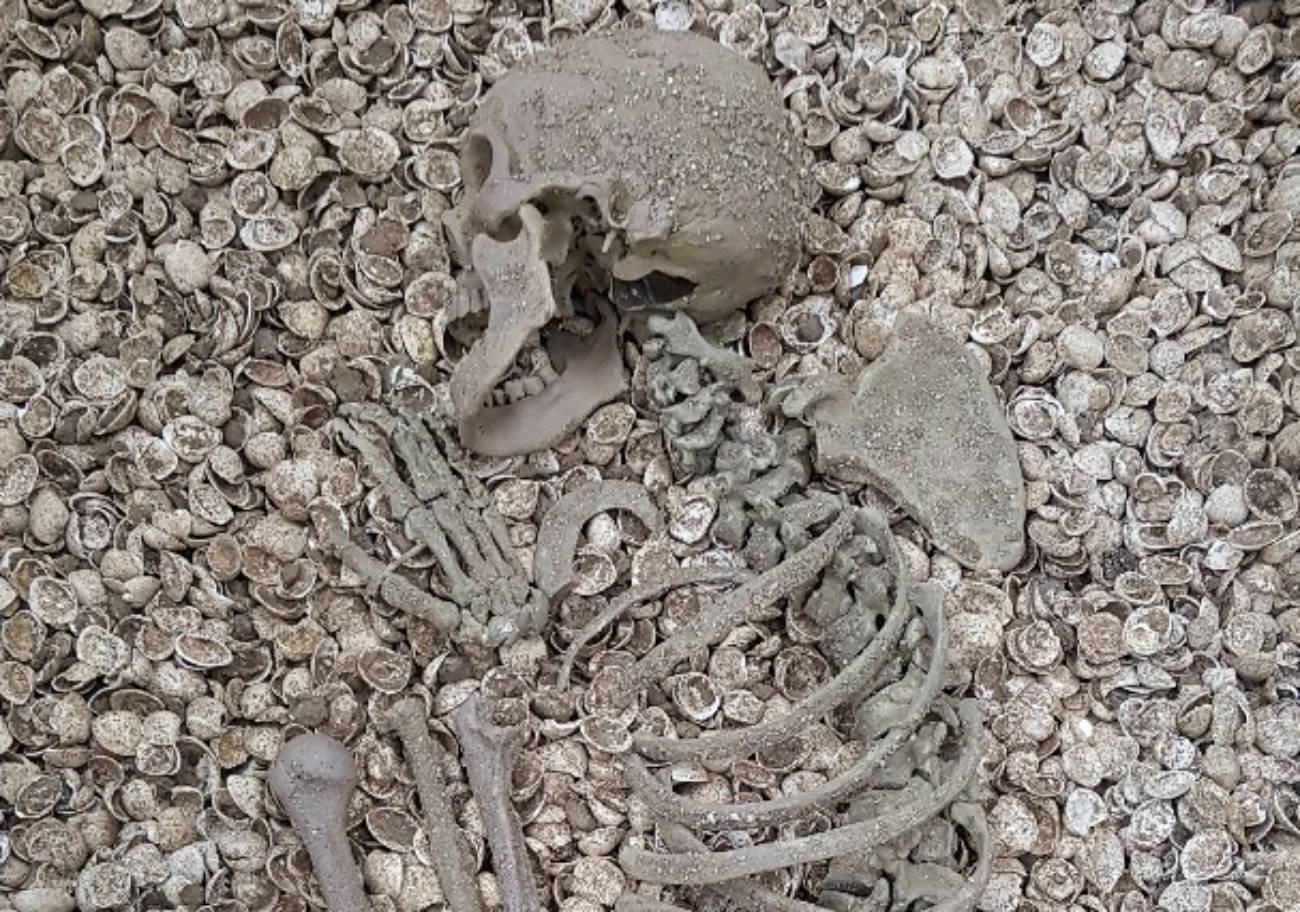
New advancements in the study of the ‘Penang Woman,’ a prehistoric human female discovered at the Guar Kepah archaeological site, are captivating scientists and historians worldwide.
Unearthed in 2017, her remains are now the focus of DNA analysis and radiocarbon dating using Accelerator Mass Spectrometry (AMS), promising fresh insights into early human life in Southeast Asia and possibly rewriting history.
“The DNA analysis of the ‘Penang Woman’ is a groundbreaking development,” said Professor Dr Stephen Chia, Director of Universiti Sains Malaysia‘s (USM) Centre for Global Archaeological Research (CGAR).
“Our primary objective is to uncover the genetics and age of the ‘Penang Woman’ through advanced methods.”
Advanced methods to unveil Penang Woman

Earlier estimates placed the ‘Penang Woman’ at around 5,700 years old based on a shell sample found near her remains.
However, Dr Chia questioned the accuracy of the initial carbon dating methods. He emphasised that direct dating using AMS, similar to methods used in the US, offers more precision.
Dr Chia noted that based on her skull, the ‘Penang Woman’ seemed to possess Mongoloid features.
Earthenware pottery found at Guar Kepah is possibly around 4,000 years old, yet it remains uncertain if the pottery and the ‘Penang Woman’ are from the same period.
Interestingly, the ‘Penang Woman’ was found in a flexed position, typically associated with Paleolithic hunter-gatherer burials, unlike the extended positions seen in Neolithic burials.
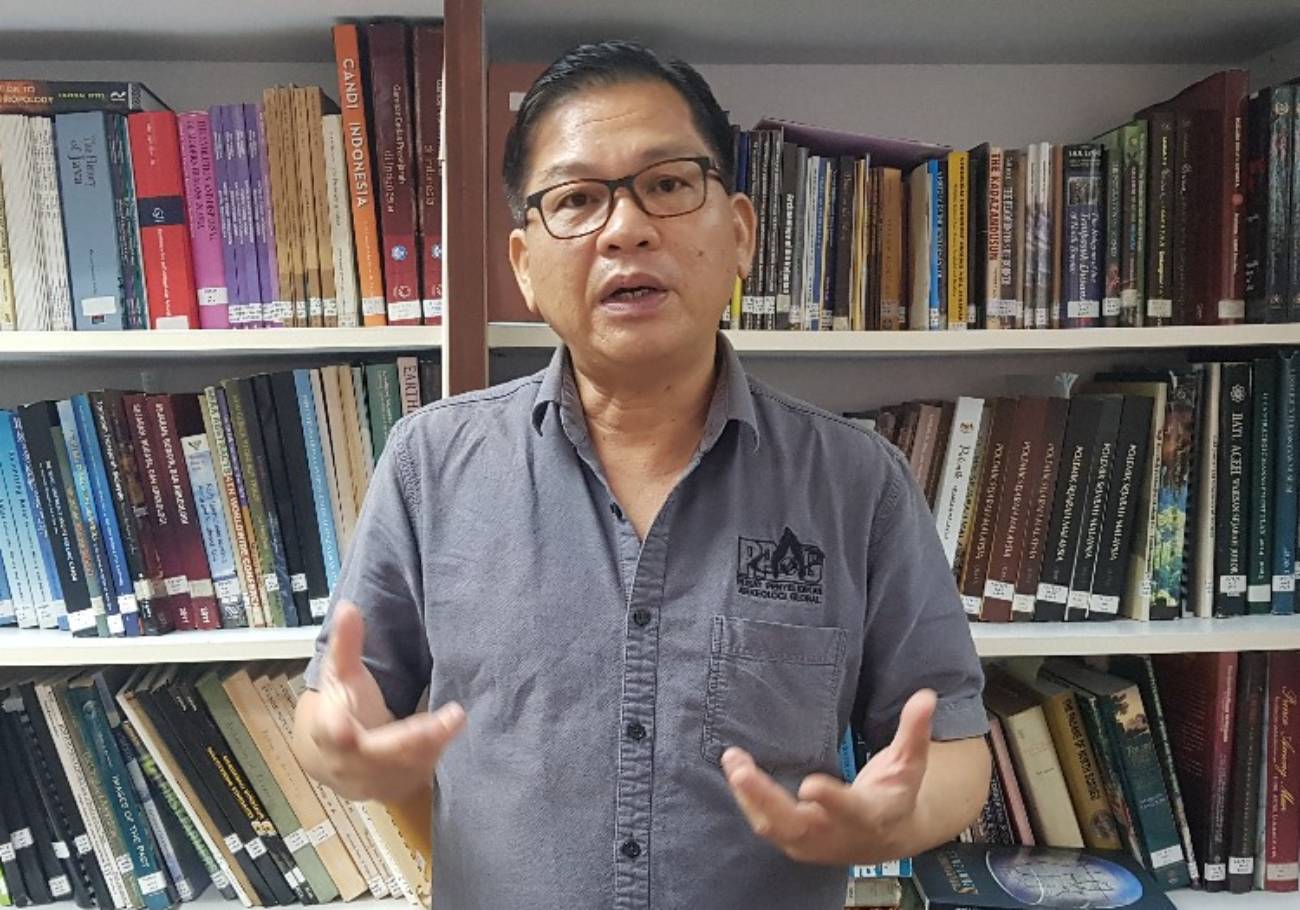
“The Paleolithic hunter-gatherers usually bury their dead in a flexed position,” said Dr Chia, suggesting that the ‘Penang Woman’ might belong to the Epipaleolithic period, also known as Hoabinhian.
Between 1865 and 1934, British archaeologists excavated 41 skeletons from three shell middens identified as ‘A’, ‘B’, and ‘C’ at Guar Kepah.
These skeletons are now housed at the National Natuurhistorisch Museum in Leiden, Holland. The ‘Penang Woman’ was accidentally found in ‘shell midden C’ during the construction of the Guar Kepah Gallery.
“The bones below the pelvic area had been partially destroyed by the backhoe during excavation,” said Dr Chia. “Before her discovery, the site had already been damaged due to disturbances.”
Preserving Penang’s prehistoric heritage

The remains of the ‘Penang Woman’ are currently kept in a humidity-controlled cabinet at USM.
“This is the only scientific laboratory for archaeological and geochemical research in Southeast Asia. The air-conditioning runs 24 hours a day, maintaining temperatures between 18-20 degrees Celsius,” explained Dr Chia.
“We need to keep the bones in a relative humidity of between 50% to 60% to ensure they do not deteriorate and turn to dust.”
Dr Suresh Narayanen, part of the research team, briefed on their efforts. Bone sampling for DNA analysis began in April 2024, with experts from USM and the Malaysian Genomics Resource Centre Berhad (MGRC) conducting detailed cleaning and checking of the Guar Kepah skeleton.

“Selected bones have been treated with sodium hypochlorite and drilled with minimal destruction to their structures. A tooth sample has been selected for AMS radiocarbon dating,” said Dr Suresh.
Assoc. Prof Dr Edinur Hisham Atan, a geneticist with USM’s School of Health Sciences, added,
“Approximately 250 to 750 nanograms of bone powder were collected from each bone and transferred to microcentrifuge tubes for further analysis at MGRC. These samples will be used to recover genetic information of the ‘Penang Woman’.”
“We will use cutting-edge methods for DNA extraction and sequencing,” said Dr Edinur.
“The ‘Penang Woman’ genome will provide a vital reference for reconstructing genetic history in Malaysia and create a new dimension for archaeogenetics research.”
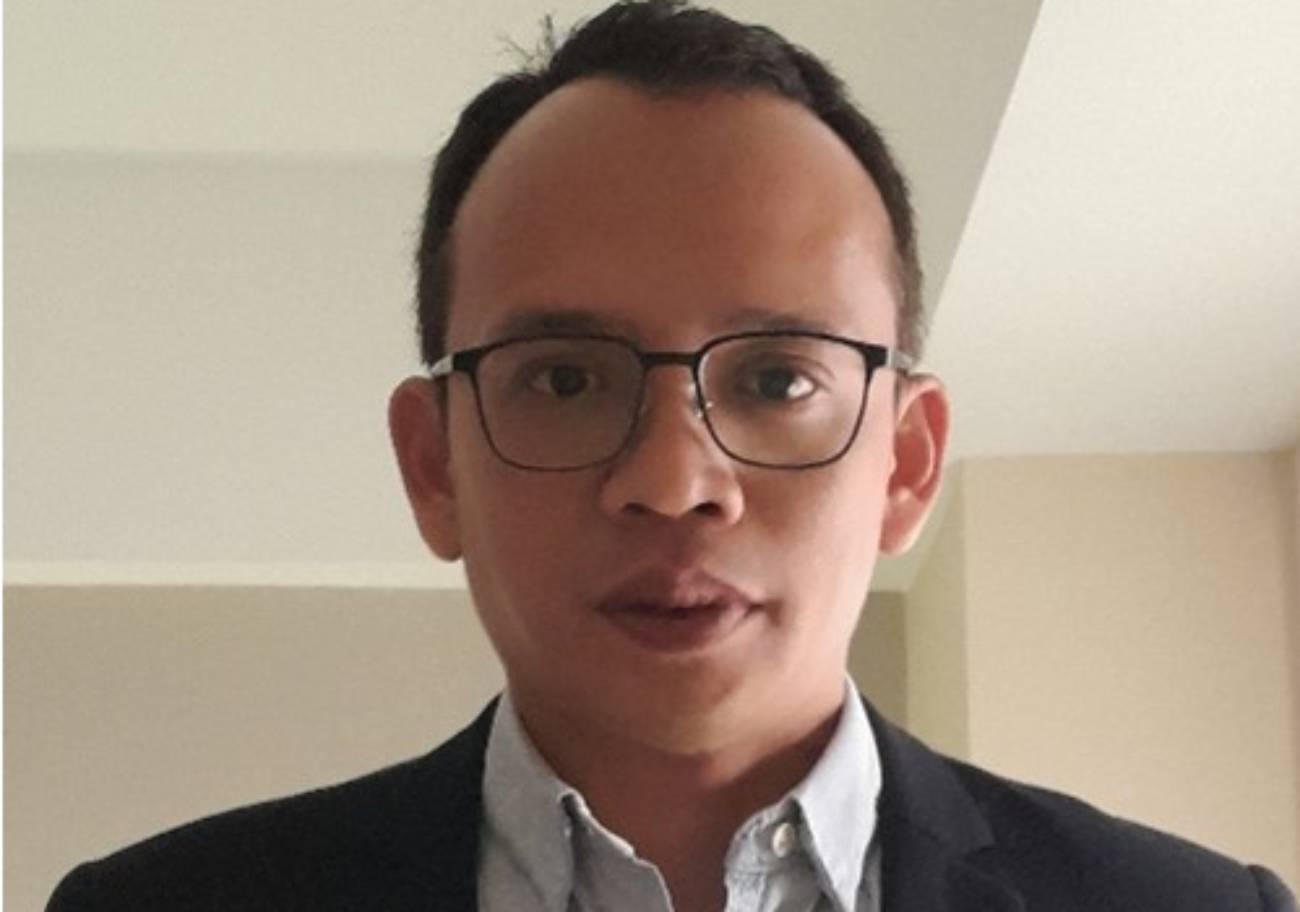
Studies on the earthenware pottery of Guar Kepah are also underway at USM.
“Two samples have been submitted for Optically Stimulated Luminescence (OSL) dating, while others are being examined using multiple analytical techniques to determine their source, technology, and origin,” said Dr Suresh.
Experts from USM and MGRC are collaborating to explore the ‘Penang Woman’s’ roots. An agreement signed on 13 March establishes a framework for comprehensive scientific studies.
“The research collaboration will result in a high-impact archaeogenetic study, producing new scientific and historical narratives on the ancient technology and culture of the Guar Kepah community,” said Dr Suresh.
To preserve and showcase these invaluable findings, the Guar Kepah Archaeological Site is being transformed into a state-of-the-art museum.
“A replica of the ‘Penang Woman’ will be transferred to the museum once it is completed, allowing visitors to view this significant piece of history firsthand,” said Dr Chia.






